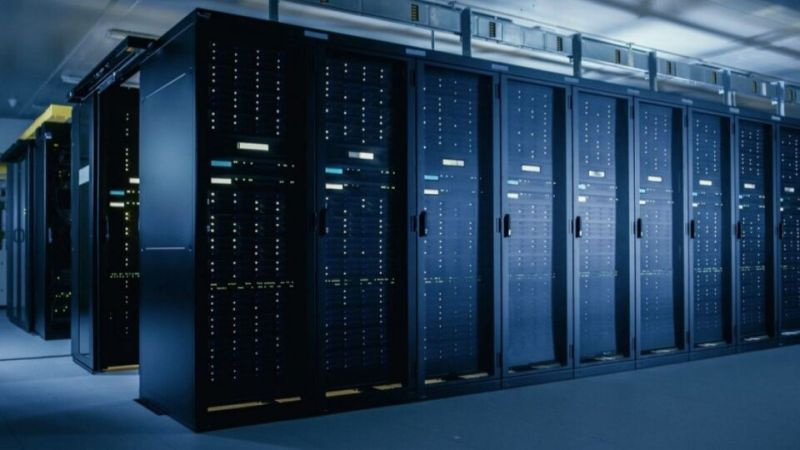On the one hand, problems with the supply of the latest Nvidia computing accelerators to China are forcing local developers to focus on alternatives of Chinese origin. On the other hand, if the cost of migrating software to a Chinese platform turns out to be too high, experts advise remaining committed to the Nvidia component base.

Image source: NVIDIA
In any case, similar recommendations are given to operators of Chinese data centers by experts from CAICT, the Chinese Academy of Information and Telecommunications Technology, as reported by the South China Morning Post. “If conditions allow, data centers should choose the high-performance A100 and H100 accelerators. If the need for computing resources is limited, then you can opt for H20 or Chinese alternatives,” experts literally recommend.
The problem is not so simple, since Western sanctions prevent Chinese data center operators from purchasing high-performance Nvidia accelerators, and “legalized” H20s may be inferior to Chinese alternatives. But even in this case, it is sometimes better for developers to stay on the Nvidia platform rather than deal with the long and expensive process of migrating their software solutions to accelerators of Chinese origin. CAICT experts do not hide the fact that US sanctions over the past three years have contributed to the active development of Chinese software and hardware developers. And yet, the migration of language models trained on Nvidia solutions to Chinese platforms requires significant costs, and therefore does not always seem rational.
Until August 2022, Nvidia retained the right to supply A100 and H100 accelerators to China, but sanctions imposed later forced it to quickly arrange supplies of A800 and H800 accelerators modified to take into account American restrictions, which could be delivered until October last year. After that, they too came under sanctions, as a result Nvidia had to develop H20, L20 and L2 accelerators for the Chinese market.
By the end of last year, the total performance of data centers operating in China increased by 27% to 230 exaflops. In the area of artificial intelligence, Chinese computing power grew much faster, by 70% year on year. As of June of this year, more than 250 computer centers with Internet access were under construction or had already been commissioned in China. Not all of them could boast of a favorable location, since they were located at a distance from the main centers of technological development. The Chinese industry may suffer not only from excess computing power, but also from low levels of computing capacity, as well as mediocre quality of processed data. GPUs in China, according to CAICT, are on average only 40% loaded with calculations, and existing data centers suffer from poor resource balance, which also reduces their efficiency. Mutual integration of clusters is complicated by the need to use heterogeneous equipment and software from different suppliers.